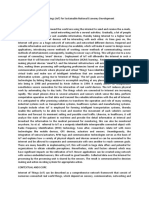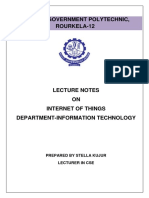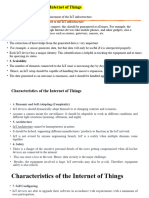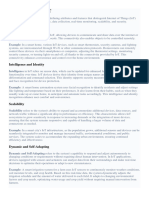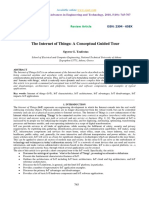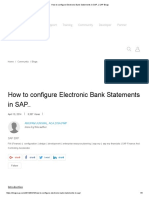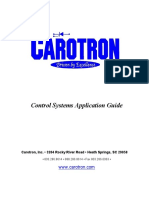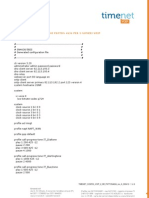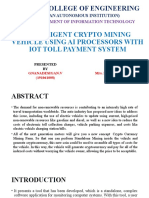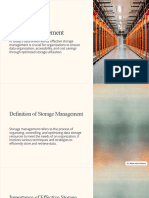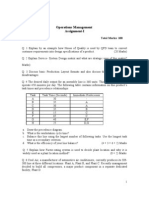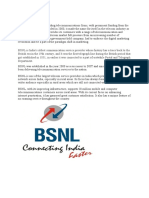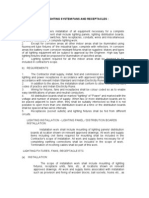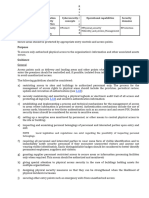0% found this document useful (0 votes)
7 views2 pagesIoT: A Descriptive Journey
The document discusses the effectiveness of descriptive writing in conveying the complexities of the Internet of Things (IoT). It highlights various examples, such as the introduction of IoT, RFID applications, and historical context, demonstrating how descriptive language enhances understanding. Overall, the writing style enriches the reader's comprehension of IoT's origins and applications.
Uploaded by
Muhammad RizkiCopyright
© © All Rights Reserved
We take content rights seriously. If you suspect this is your content, claim it here.
Available Formats
Download as PDF, TXT or read online on Scribd
0% found this document useful (0 votes)
7 views2 pagesIoT: A Descriptive Journey
The document discusses the effectiveness of descriptive writing in conveying the complexities of the Internet of Things (IoT). It highlights various examples, such as the introduction of IoT, RFID applications, and historical context, demonstrating how descriptive language enhances understanding. Overall, the writing style enriches the reader's comprehension of IoT's origins and applications.
Uploaded by
Muhammad RizkiCopyright
© © All Rights Reserved
We take content rights seriously. If you suspect this is your content, claim it here.
Available Formats
Download as PDF, TXT or read online on Scribd
/ 2





















